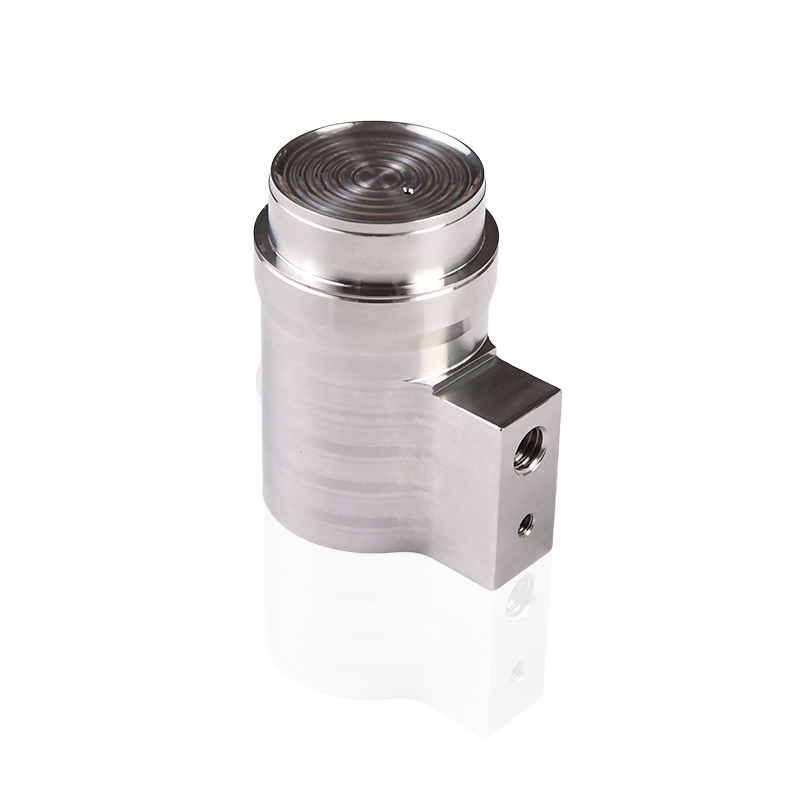Choosing the Right Forging Material for Industrial Success
 2025.02.10
2025.02.10
 Industry news
Industry news
When it comes to industrial instrument forgings, the material you choose plays a pivotal role in ensuring the reliability and performance of the component in your specific application. Whether you're dealing with high-pressure systems, heavy machinery, or aerospace equipment, the right material will determine not only the strength and durability of the component but also its ability to withstand the demanding conditions it will face in service.
Material Selection: The Key to Strength and Reliability
Choosing the right material for your forged components starts with understanding the unique demands of your application. In industries like automotive or aerospace, where high stress, fatigue resistance, and temperature extremes are commonplace, selecting materials like carbon steel, alloy steel, or titanium can make all the difference. For components that need to endure high loads or resist corrosion, materials like stainless steel or special alloys with added elements (like chromium or nickel) may be essential.
It’s not just about raw strength; material integrity plays a huge role in how well the part performs under pressure. When forged correctly, the grain structure of the metal is aligned in a way that enhances its resistance to crack propagation, which means that a well-forged part will generally last longer under stress compared to parts made through other methods. This is one of the reasons why industries that rely on precision and durability—such as oil & gas, mining, and defense—prioritize high-quality forging materials.

Hot vs. Cold Forging: What’s Right for Your Application?
When deciding on a material, it’s also important to consider whether hot forging or cold forging is the best choice for your application. Hot forging involves shaping metal at high temperatures, which allows for more complex shapes and improves material flow, making it ideal for tougher alloys and larger components. It also enhances the material’s mechanical properties by improving its grain structure, which can lead to parts that are significantly stronger and more durable.
On the other hand, cold forging is typically used for materials that need to maintain their dimensional accuracy and surface finish. Cold-forged components can have better surface hardness and tight tolerances, which are crucial in industries where precision is key, such as electronics or medical devices. While cold forging tends to be more energy-efficient and cost-effective for certain materials, the range of alloys and sizes it can accommodate is more limited compared to hot forging.
Understanding these forging processes and the material properties they enhance is essential for making the best choice. It’s not simply about selecting a material; it’s about knowing how it will perform under the conditions of your specific use case and whether it aligns with your needs for strength, durability, and cost-efficiency.
How Material Integrity Affects Performance in Industrial Environments
One of the standout benefits of forged components is their internal material integrity. During the forging process, the metal undergoes compressive forces that refine its internal grain structure. This means fewer voids, better uniformity, and a more robust product. In industrial environments where components are subjected to continuous wear, impact, and thermal cycling, this internal integrity is invaluable.
For example, a forged component used in a high-heat application, such as turbine blades or pressure vessels, will perform far better than a cast part due to the superior grain flow and absence of porosity that can lead to weak spots. The result is a product that can handle intense stress, resist fatigue, and maintain its structural integrity over time.
Selecting the right material for your forged components is far more than a matter of picking a metal off the shelf. It involves carefully considering the demands of your application, understanding the nuances of material performance, and recognizing the advantages of forging processes in optimizing the material’s inherent properties. Whether you need strength, corrosion resistance, or high-temperature performance, the right material will ensure that your forged components perform reliably and sustainably, providing lasting value for your industrial needs.





















